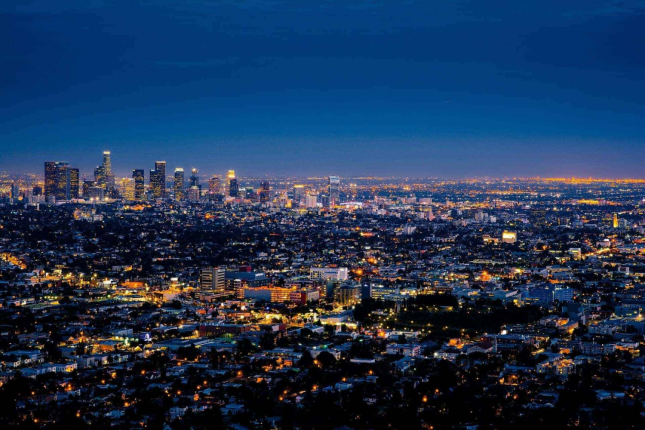 The profile of employees are fundamentally changing with assimilation of a new generation into the workforce. Millennials refer to the generation born between 1982 and 1994. They will constitute up to 50 percent of the U.S. workforce by 2020 and 75 percent of the global workforce by 2030. This means that companies, organizations and government agencies will have to begin to re-think their old ways in order to attract and retain employees.
The profile of employees are fundamentally changing with assimilation of a new generation into the workforce. Millennials refer to the generation born between 1982 and 1994. They will constitute up to 50 percent of the U.S. workforce by 2020 and 75 percent of the global workforce by 2030. This means that companies, organizations and government agencies will have to begin to re-think their old ways in order to attract and retain employees.
With the implications of the coming demographic changes, employers both in the private and public sectors must learn to accommodate and empower their millennials workers. Some insights and principles apply:
Talk the talk: It’s safe to say that millennials have a very different way of communicating compared to baby boomers and it’s important for organizations to recognize this and shift the way they communicate with constituents to meet everyone’s needs. This is exactly what agencies, especially customer contact centers, are doing. Rather than only providing phone communications to cater to the baby boomers, contact centers are developing multiple channels for customers to utilize including, text messaging, emails, snap-chatting, Instagram’s, and other social media.
Government 2.0: Innovation is everywhere and technology is changing our everyday lives. Millennials are some of the top technology advocates because they grew up around technology and aren’t afraid to try the latest and greatest. They expect technology to play a big part in their work environment and believe it will make it more interesting and them productive. Government agencies are making great advances and beginning to use technology to impact processes and help employees. For example, they are embracing new trends like the cloud. In fact, 90 percent of federal agencies have adopted the cloud. They are also using it to help citizens by developing smart water meters to combat California drought and sensor-based technology to make cities smarter and more connected to that enhance efficiency.
Work is not a place anymore: Along the same lines as the technology, mobility and BYOD are changing the way we do business. Millennials like to be able to work from anywhere at any time and 50 percent of them would rather work from their smartphone even when working at their desk. BYOD and mobility are not going away and government agencies are developing mobility plans to give their employees the necessary tools to succeed. Since the launch of the Digital Government Strategy initiative, the government has invested $1.6 billion in mobilizing its workforce. Not only does mobility increase productivity, it can help agencies save $15.1 billion in real estate. Agencies see the importance of flexibility in the workplace and are making BYOD and mobility a top priority for the growing millennial population.
Charity: Millennials want to make a difference in the world and they want to promote change.. companies and government agencies need to start highlighting how their work is positively impacting the world and begin to develop charitable giving programs and initiatives to keep millennials happy. Whether it is a day of volunteering or a donation drive, investing in giving back and showcasing how anyone can make a difference can be an easy way to keep younger talent happy and engaged.
However, it is a two-way street with the hiring of the millennial worker. It will also be incumbent on millennials to accommodate the various cultural environments inside corporations and governments. Especially with the competition imposed by automation technologies and robotics in the digital era. While employers want to retain and keep employees happy, they also want to prosper. An efficient, motivated, and accountable millennial workforce will be essential for carrying out government missions and meeting corporate bottom lines.



